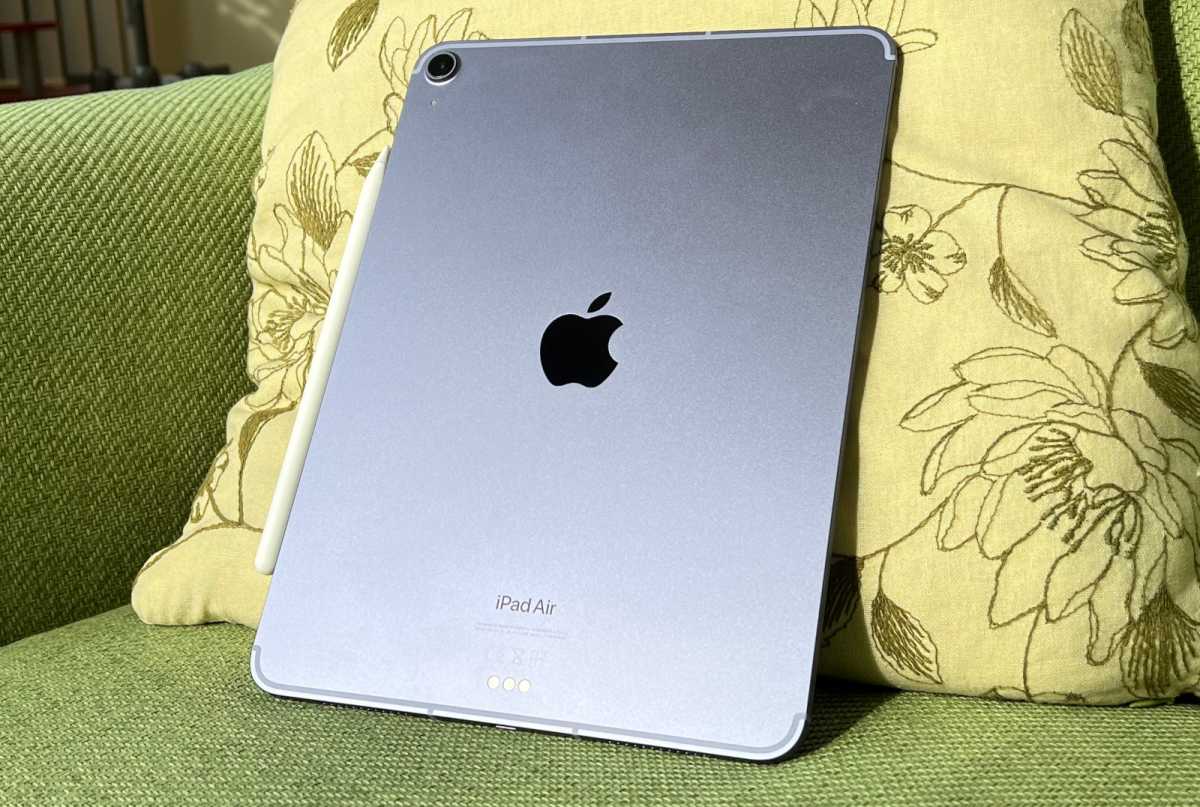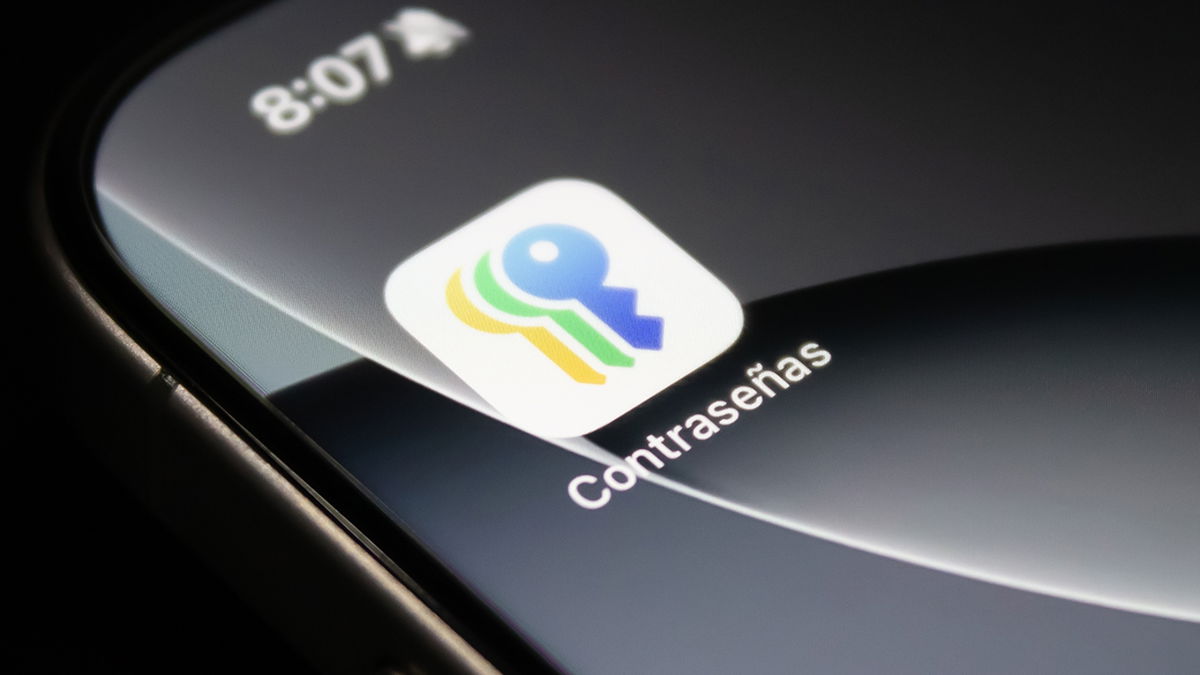After a long and fruitless year, there is finally some hope for iPad fans. Following a false alarm in October, it now seems almost certain that Apple will launch 2024 with new iPads after, for the first time since the device’s debut in 2010, completing a calendar year without any launches or upgrades .
The iPad’s inconsistency isn’t that surprising. Coming three years after the iPhone, many experts believed it could be even more successful than its predecessor, thanks to its larger screen and greater capabilities as a work machine. Following the technological logic that multiple specialty devices always end up being replaced by versatile, all-purpose devices, it was thought that consumers would stop carrying a separate smartphone and laptop and just use a tablet. Despite an initial sales boom, the iPad revolution never really happened and Apple’s tablet remains a relatively minor component of its annual revenue.
But that doesn’t mean Apple has abandoned the iPad. The latest rumors say that 2024 will be a big year for the Cupertino tablet, with new models, new features and each line getting some sort of update. Fourteen years after its debut, Apple has a rare opportunity to reboot the iPad and inject real excitement into the tablet again. As long as Apple does exactly what I say.
Step 1: Simplify the lineup
The key here is simplicity because the iPad lineup is currently far too confusing. There are four distinct lines available in the Apple store, one of which is subdivided by size and another available in two different generations. They are all updated on (irregular) cycles and at different times, meaning you never know when a model is going to be replaced, and the best choice for the average user (as I explain in this iPad Air review) is constantly changing. . Apple even committed the trademark sin of simply calling one of its iPads “iPad,” so you don’t know if someone is talking about the line as a whole or specifically its cheapest model.

The iPad Air should follow the MacBook Air and become the entry-level tablet.
IDG
I write on iPads all the time and even I find the range confusing. How the average consumer is supposed to know which is which and how to choose the right model for their needs is beyond me.
So here is the plan. We make things simple. Now there are only two iPad sub-brands, to match those of the MacBook: the iPad Pro and the iPad Air. The Pro models are more expensive, more powerful, and more feature-rich, with a wider range of premium accessories, aimed at those who want to use them to get work done and get things done. The Air models are cheaper, lighter, and more portable (more on that in a moment) and aimed at those who want to check email and watch Netflix on the couch.
If it seems like I’m not offering enough choices, please note that there will still be some size variations. So:
- iPad Air (8.3 inches)
- iPad Air (11-inch)
- iPad Pro (12.9 inches)
- iPad Pro (14 inches)
Again, this mirrors the MacBook lineup, where the Air models come in 13- and 15-inch sizes, and the Pros come in 14- and 16-inch sizes. It is also to preserve the format of the iPad mini, which offers something different and will now be the cheapest model in the range. More importantly, it eliminates the situation where someone looking for a mid-sized iPad is faced with four different models and has no obvious way to determine which is best. In this system, it’s simple: do you want a basic or advanced iPad? And how big should it be? Easy.
This means that both iPads will be retired and the iPad mini will have to get a little cheaper to fill the gap. (I think $399 will do the trick.) Oh, and you may have heard that Apple is working on a larger iPad Air. Don’t do it, Apple! This will only make things even more confusing and will not be part of our imaginary overhaul.
Step 2: Standardize the update cycle
Now all iPads will be updated at the same predictable time. Customers should know that just as new iPhones come out every fall, new iPads will arrive every spring. Or, if it’s too frequent, it could be an 18-month cycle alternating between spring and fall. But Apple should establish a proper upgrade cycle in 2024 and stick to it in 2025.

It’s been more than five years: the iPad Pro needs an overhaul.
IDG
Step 3: Perform a Proper Redesign
It’s hard to get excited about the iPad, and part of that has to do with the fact that it never really seems to change. We’ve moved to an (sort of) all-screen design, starting with the 3rd generation iPad Pro in 2018 and gradually trickling down to the rest of the lineup, but there hasn’t been much else for design lovers.
So in 2024, whether it’s functionally necessary or not, we’re going to rethink the lot. First, we’ll have a proper all-screen design, with those big, shrunken bezels and the front sensors housed in a new dynamic island. Second, we will offer both Face ID, using the aforementioned sensors, and Touch ID in the power button on all models. Of course, this is not necessary, but each type of biometric entry has its fans and we want to attract them all. (Plus, each has its advantages in certain situations.)
And third, we’re going to make iPad Air thinner. Our goal is to emulate that “wow” moment when Steve Jobs pulled the first MacBook Air out of a cardboard envelope. We want people to be excited. The iPad Air won’t just be a shittier version of the iPad Pro; it will offer something different. It will focus on portability and energy efficiency so that it is easy to carry while still lasting a long time between charges.

We love the iPad mini, but it should be part of the Air line.
Foundry
Step 4: Give to-die-for iPad Pro specs
Rumors suggest that Apple is considering replacing the iPad Pro’s current LED (on the 11-inch model) and mini-LED (12.9-inch) displays with OLED, which offers superior quality, contrast and power efficiency . It is also understood that the iPad Pro 2024 will receive an M3 processor. As the imaginary head of the iPad division, I’ll be following these rumors to the letter, because it’s essential that we really hammer home the Pro’s laptop-replacement capabilities: it’s a MacBook Pro in an iPad.
You’ll also notice in the screen dimensions listed above that I like the popular rumor that Apple is about to bump the iPad Pro’s larger size to 14 inches. Again, this helps make it more attractive as a working tool, so we’ll implement this one.
Step 5: Sort Apple Pencil
If you think the iPad line is confusing – and trust me, I do – then try getting acquainted with the Apple Pencil line. We’ll make things simpler by ensuring that every iPad currently on sale is compatible with both USB-C and 2nd Gen Pencils (including magnetic storage and charging), making it a much easier decision for customers: it It will be a question of whether they want to pay more and get all the great features, or pay less but not benefit from the pressure sensitivity. We can then quietly discontinue the 1st generation Pencil as soon as possible.
Table of Contents








